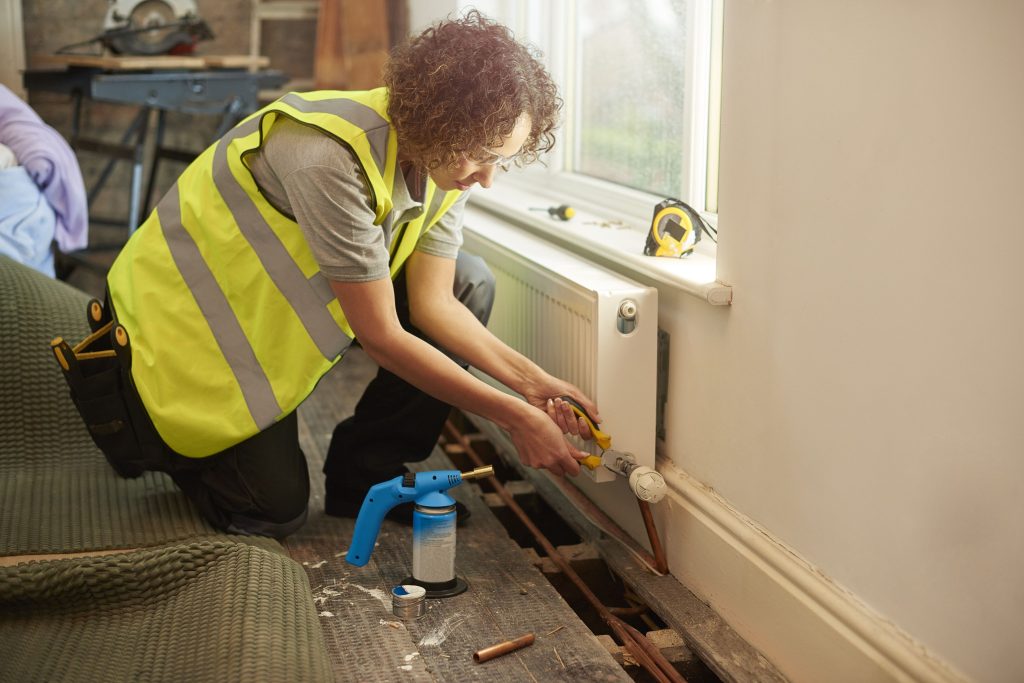Aviva Maxon ‘24
Staff Writer
“Is he your dad or boyfriend?” I hadn’t expected someone to ask this question while I was at work. The “he” referenced was a plumber I was working with that day. I spent the summer employed as a plumbing assistant in my family’s business. I responded to the questioner that “he” was not my dad or boyfriend and that I was a plumbing assistant, walking away with a bag of very heavy tools.
The biggest frustration of this comment was the blatant disregard for my ability to be in plumbing. No one had ever questioned my co-workers (who are all men) this way. The only difference: I am a woman.
According to the 2021 US Bureau of Labor Statistics, under 3 percent of all plumbers, pipefitters, steamfitters, and pipelayers are women. Most other trades max around 3 percent women, and building and construction inspectors are about 10% women. Like many other professions, it is hard for women to break into these industries because there are still so few women there.
Many of our customers were middle-aged and elderly women who were consistently excited to see a woman come to help fix their plumbing. These customers regularly told me how good it was to see a woman working in the trade, which made up for the one man’s questioning.
Plumbing is a high-paying, consistent job that does not need a college education. Trade school and apprenticeships often (if not always) pay while you learn. This type of physical work is historically men’s work. The move for women in the workplace first put lower class women into factories when no men could fill those roles. Many saw this as socially acceptable as many factory products were originally home-produced items, such as clothing. Even as women joined the workforce, many saw the trades as too dangerous and physically taxing for women. The next push for women in the workforce was professional careers, such as lawyers, doctors, and STEM-H jobs. This class of jobs pushed women into high education and intellectual spheres, once again leaving the trades to the men.
The trades (and plumbing specifically) require a fair amount of problem-solving, physics, and geometry. Ironically, the jobs relegated to people without a college education are jobs many college-educated people could not do.
I like to think that every woman whose house I went into, saw themselves in me — a young woman, eager to learn and work. Being seen was the first step. So, next time you need something fixed, think about who will do the work and how you can help bring more women into that work.
Image Source: Student Living by James Douglas



